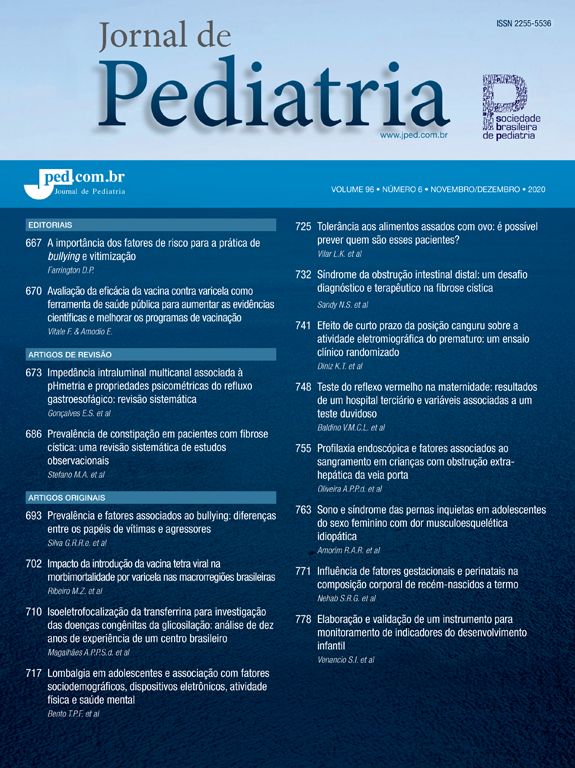The aim of this study was to evaluate the efficacy of an iron prophylactic supplementation program, in three health centers of Santo André, in São Paulo state. The prevalence of anemia was identified in a control group consisting of 201 children of 1 year old. The intervention group consisted of 308 children younger than 3 months, but 55% of them gave up during the survey. The mothers were instructed to give them daily prophylactic doses of iron sulfate (6mg of iron/day) when they were 4 or 6 months old, according to the kind of breast-feeding. The mothers were also instructed about feeding and anemia and its risk to children's health. When the children were 12 months old, the diagnosis of anemia was made through dosage of hemoglobin concentration and the results were compared with those of the control group. It was verified that the 2 groups presented similar prevalences. It is important to realize that children with low frequency of visits to the health centers had prevalence of anemia significantly higher than those with high frequency. Some factors that possibly contributed to the result of the intervention are discussed.
O fator de impacto mede o número médio de citações recebidas em um ano por trabalhos publicados na revista durante os dois anos anteriores.
© Clarivate Analytics, Journal Citation Reports 2025
O CiteScore mede as citações médias recebidas por documento publicado. Mais informação
Ver maisSJR é uma métrica de prestígio baseada na idéia de que todas as citações não são iguais. SJR utiliza um algoritmo similar ao page rank do Google; é uma medida quantitativa e qualitativa ao impacto de uma publicação.
Ver maisSNIP permite comparar o impacto de revistas de diferentes campos temáticos, corrigindo as diferenças na probabilidade de ser citado que existe entre revistas de distintas matérias.
Ver mais







